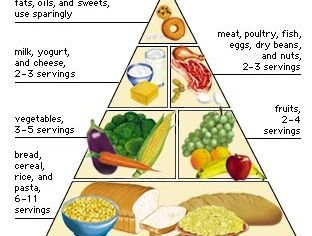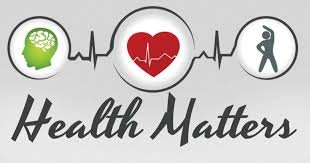Health Presentation: Zones of Life, Nutrition and Lifestyle
Healthcare through zones of life
Friends and fans, it’s with sense of duty that Dexterity Health Portal brings to your knowledge, our commitment to sharing general information on health and wellbeing with particular emphasis on food and nutrition.
Man is largely the product of his environment, but his health is determined by his lifestyle: the food he eats, his occupation, extra-curricula activities, exercise, rest periods, friends he keeps, and so on. The list is unending.
Zones of Life: From Cradle To Grave

In the face of these prevailing variables, man’s typical life journey, measured against age and health, can be represented like a symmetrical curve. The World Health Organisation called this curve Zones of Life. According to the world’s Health Watch Dog, under normal circumstances, humans typically go through three stages in life.
It shows that human grows from birth to the age of 25. After 25, human main less or zero growth for a while up until 50. From 50, all things being equal, he will begin to experience diminishing growth till death. The age of 0-25 is marked by vibrancy, massive cell and structural development. This is called Vibrant/Active Zone. Above 25, human begins to witness reduced activity and strength.
How long this zone last is determined by how well he lived his younger life. This is called tired zone. Above 50 is called the sick zone, during which he is challenged by serious health conditions resulting from possible high cell mortality and reduced self-care. In absence of intentional healthcare plan, the old human will be faced with numerous health conditions.
The Message
It is no more news that global mortality rate has been on the increase with greater percentage as a result of killer diseases otherwise called chronic diseases. They include cancer, heart-related diseases, arthritis, diabetes, stroke, among others.
The spread of these diseases globally, unfortunately, does not respect race or geography. However the incident rate is higher in Sub-sahara Africa due to poverty and lack of information.
This information coming from this platform today is our show of responsibility and commitment in this great assignment of public enlightenment, because knowledge they say is power. When you are not informed, you are deformed.
The aforementioned chronic diseases share one common attribute: they usually start slowly and build up in human body overtime, often in upwards of ten and more years without clear and obvious symptoms. These make them difficult to detect under standard laboratory test. By the time the laboratories detect them, they would have been at advanced stage. By this time, it would be difficult or late to cure. Hence they are branded ‘killer diseases’ .
The Good News
However there is good news! Our team during our outreach are always equipped well enough to diagnose these chronic health conditions even at their early stages. At this point, they can be treated and cured successfully, all things being equal. It is therefore incumbent on our team to encourage adults of thirty years and above to learn and get used to periodical checkup as often as quarterly, going by World Health Organisation’s (WHO) advice.
Among our various teams, it is a common practice, as often as twice a year or more, to reach out to various communities, groups and organisations to educate them on the menace of these killer diseases and how to take care of their health.
Various Symptoms, Signs & Conditions To Watch!
- Dizziness, nausea, memory loss, constant/irregular headache.
- Unexplained body pains: back, chest, waist, joints.
- Lower abdominal pains, irregular menstrual cycle/flow, skin irritation, rashes, itching, colouration.
- Irregular/frequent urination, urgency, frequent night urination.
- Painful urination, higher frequency and small urination in men.
- Irregular cycle, spotting, painful sex, miscarriage.
- Infertility/conception issues.
- Pile, slow bowel movement, hardstool, constipation.
- Palpitation, HBP, heart attack, heart failure, swelling of the feet, skin colouration/patches.
General Solutions, Lifestyle Changes & Dietary Table.
- Improve regular body hydration through intake of fluid/water 2.7-3ltrs/day.
- Improve regular exercise (with medical /health advice) 30mins/5days/week.
- Good rest/sleep of average 8hrs/day.
- Regular consumption of fruits and vegetables.
- Balanced diet, according to WHO’s Food Pyramid.

Always Remember!!!
- We eat to live, and not live to eat.
- Health is wealth
- Make food your medicine, and not medicine your food.
Credit: Emeka Chuks OBINNWA, Dexterity Health Portal.



One thought on “Health Presentation: Zones of Life, Nutrition and Lifestyle”